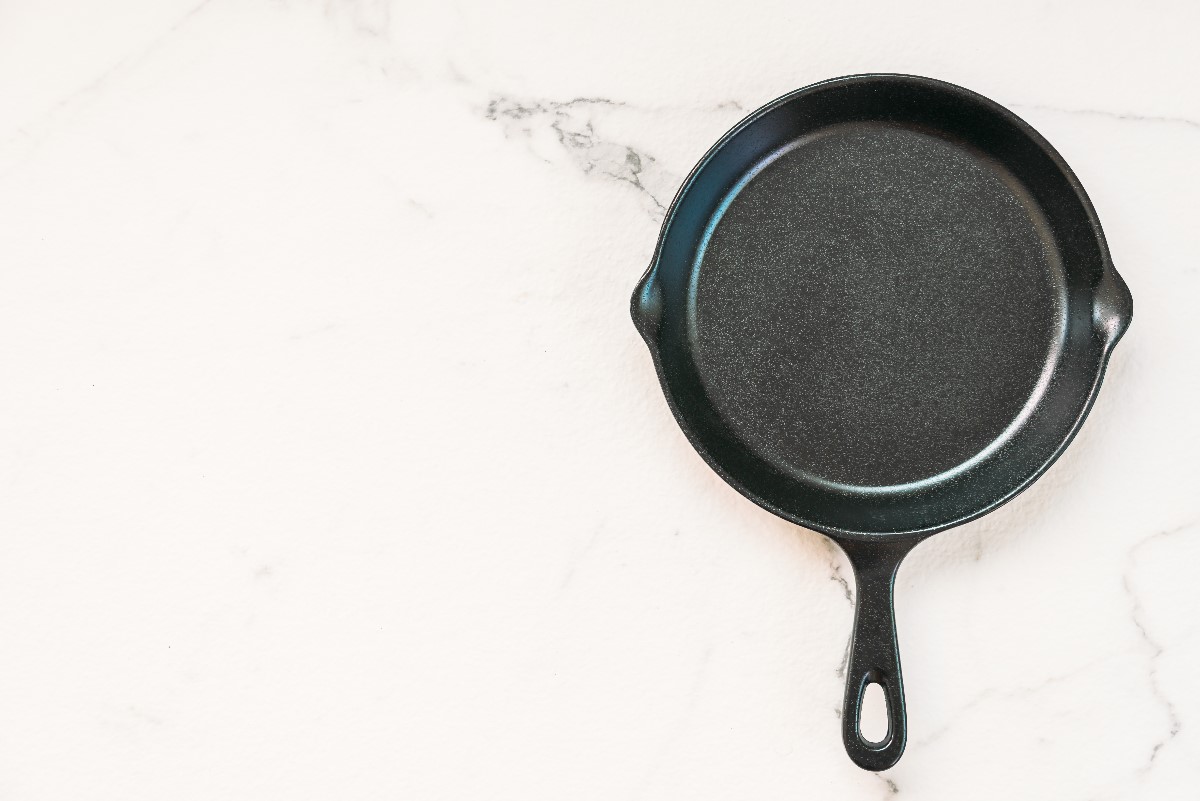
A frying pan is an essential piece of equipment in every kitchen. You can stir-fry or fry various foods in it. It is a basic equipment of both beginner and experienced cook. It facilitates the preparation of many dishes. Check how to choose the right model!
Different pans differ in material, coating and type of handle. Whether you prefer a pan with a non-stick coating for frying omelettes or a model with a natural finish, you are sure to find something to your liking
An aluminum frying pan is very popular. It provides excellent heat conduction. In addition, it is resistant to rust and corrosion, so you can use it for many years. You can also find a stainless steel model covered with aluminum, which conducts heat wonderfully. It is suitable for induction cooking
Moreover, it is resistant to rust and corrosion. If you want not only good heat conduction but also resistance to scratches and dents, opt for a pan made of anodized aluminum. You will also find pans made of stainless steel, copper or carbon steel. When choosing a pan, pay attention to your needs and preferences.
Induction cookware is made of magnetic materials such as steel or iron. Instead of traditional methods where the cooktop generates heat that is then transferred to the cookware through contact, induction cooking works on the principle of magnetic energy heating the cookware directly rather than the cooktop. This means faster heating and less energy consumption.
Non-stickpans are very popular. You can clean them easily and quickly, and cooking becomes a breeze. The non-stick coating can be made of various non-reactive substances. Some manufacturers offer a titanium coating, while others offer a dish with a silica or mineral coating.
In general, nonstick reacts poorly to high heat, so use it only over low to medium heat. Remember to use only plastic, nylon or wooden utensils. This way you won’t scratch the surface
Many professional chefs use stainless steel pans . They praise its durability and solid workmanship. The proposed models are lighter than cast iron cookware. It is also worth noting their non-reactivity, which is useful when degreasing the pan with an acidic substance, such as wine or lemon juice. It allows you to make a delicious sauce for potatoes or meat. The mentioned cookware has a metal layer with high conductivity. It helps to distribute heat evenly throughout the pan, which makes cooking easier.
Worried that it will be hard to clean? Don’t be! Heat it over high heat and then turn off the burner. Now pour in a drop of oil and swirl it around. Let it sit for about a minute. Then add food and a little more oil if necessary. The oil will close the microscopic pores in the pan, reducing the risk of food sticking. Remember to do this every time you cook, as refrigeration and washing will reopen these pores.
A cast ironskillet conducts heat very efficiently, so it’s great for cooking meat. Cast iron is heavy and heats evenly. It doesn’t react well with acids such as wine, so if you plan to deglaze it, reach for a stainless steel model. Wondering how to clean a cast iron cookware? Allow it to cool. Then scrub thoroughly with a sponge and a natural abrasive such as salt. Store with a thin layer of vegetable oil to prevent rust spots from forming
If you want to refresh an old pan, wipe off the rust and food debris and then wait for it to dry. Now rub it with a thin layer of oil and put it in a cold oven. Set it to 180 degrees Celsius. Bake for 30 minutes. Wait for the pan to cool down in the oven. Take it out and wipe it dry with paper towels. Done!